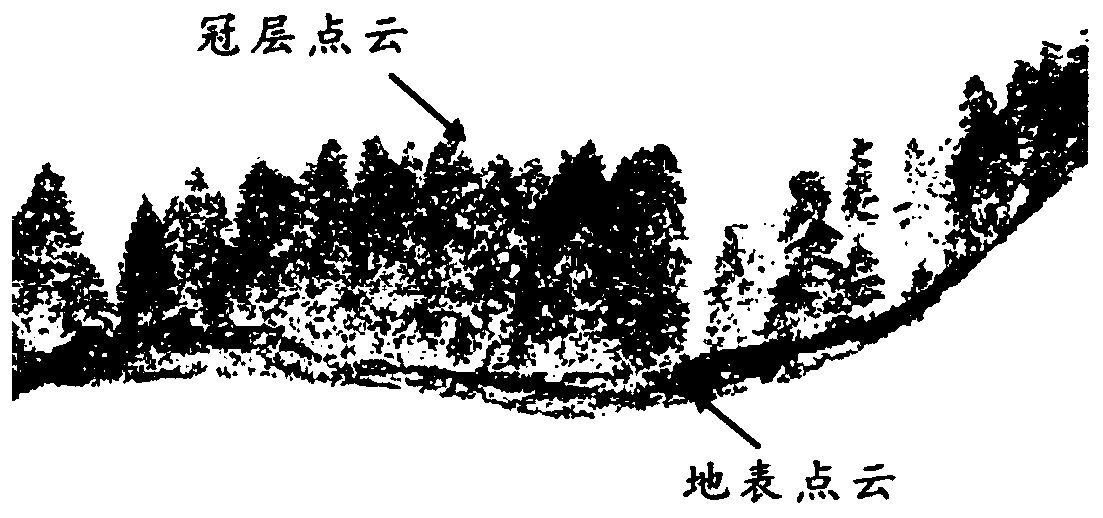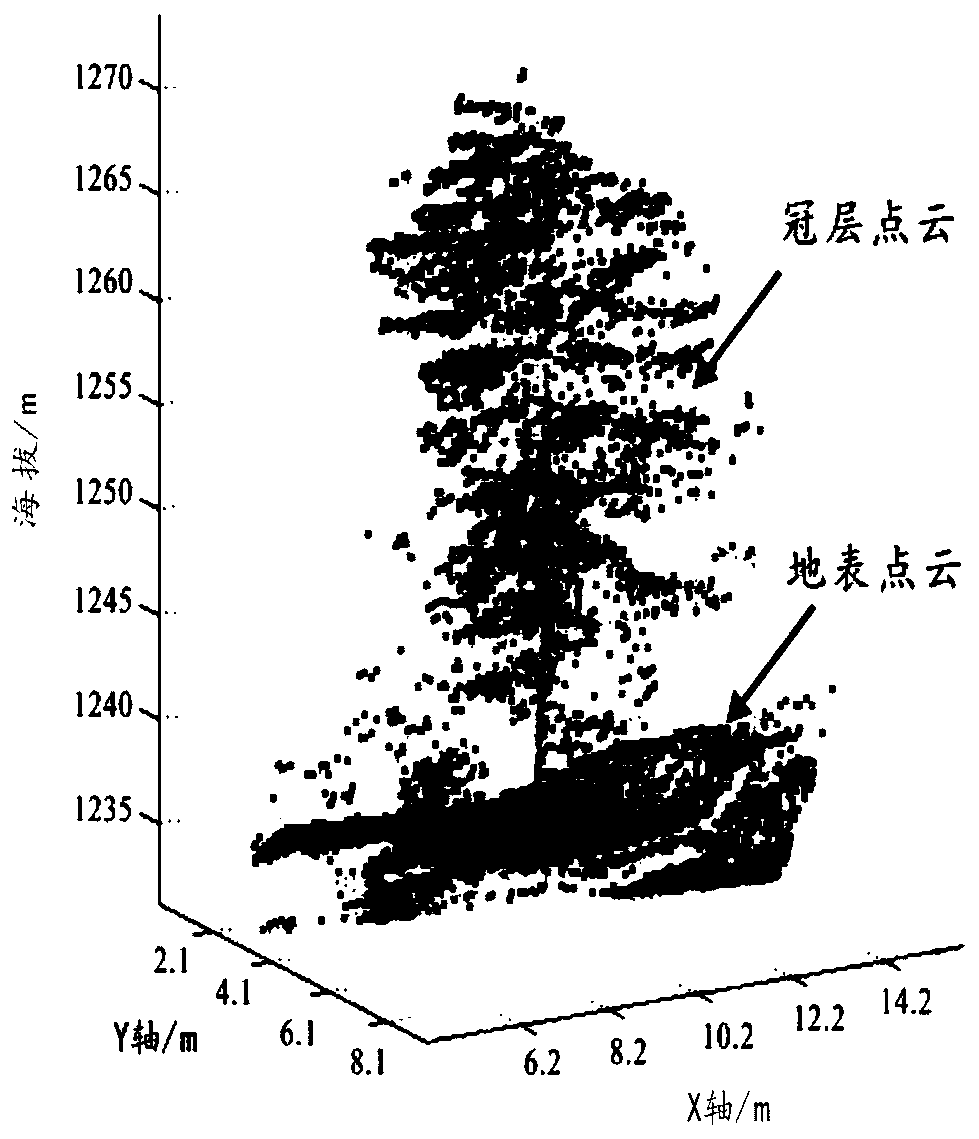A method for monitoring solar radiation in forest gaps based on lidar
A technology of solar radiation and lidar, applied in the field of solar radiation monitoring of forest windows
- Summary
- Abstract
- Description
- Claims
- Application Information
AI Technical Summary
Problems solved by technology
Method used
Image
Examples
Embodiment 1
[0081] Embodiment 1: as Figure 1-11 , the present invention utilizes airborne laser radar (ALS) point cloud data to monitor the solar radiation at different positions in the forest gap under clear weather conditions, while taking into account the influence of complex terrain, canopy shape and light transmittance, and improves the monitoring accuracy. The first step is to use the ALS point cloud data to identify the forest gap and determine the edge of the forest gap; the second step is to estimate the solar radiation intensity in the sunny weather in the area to be measured according to the sun altitude angle and azimuth angle, and combine the digital elevation model DEM to calculate The amount of direct sunlight and diffuse radiation received above the canopy under complex terrain conditions; the third step, according to the fluctuation state of the canopy surface model DSM, taking into account the canopy shading relationship and the beam penetration coefficient, calculate th...
PUM
 Login to View More
Login to View More Abstract
Description
Claims
Application Information
 Login to View More
Login to View More - R&D
- Intellectual Property
- Life Sciences
- Materials
- Tech Scout
- Unparalleled Data Quality
- Higher Quality Content
- 60% Fewer Hallucinations
Browse by: Latest US Patents, China's latest patents, Technical Efficacy Thesaurus, Application Domain, Technology Topic, Popular Technical Reports.
© 2025 PatSnap. All rights reserved.Legal|Privacy policy|Modern Slavery Act Transparency Statement|Sitemap|About US| Contact US: help@patsnap.com



